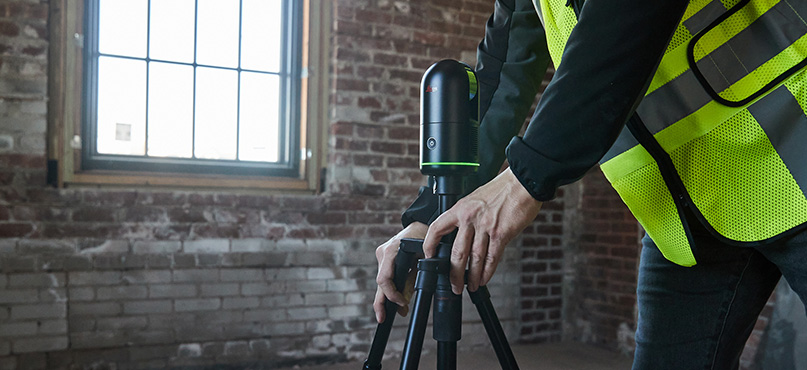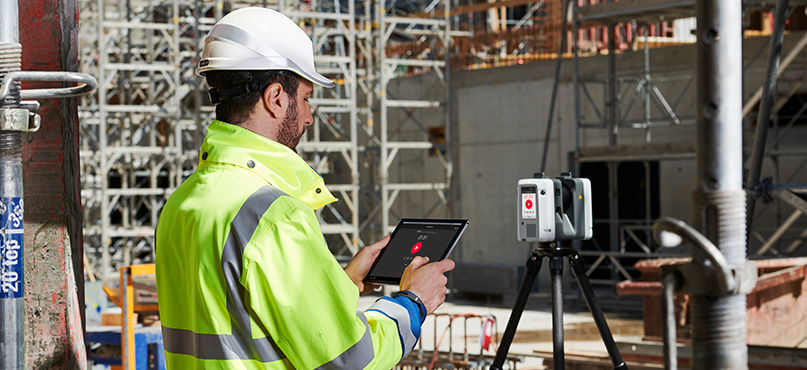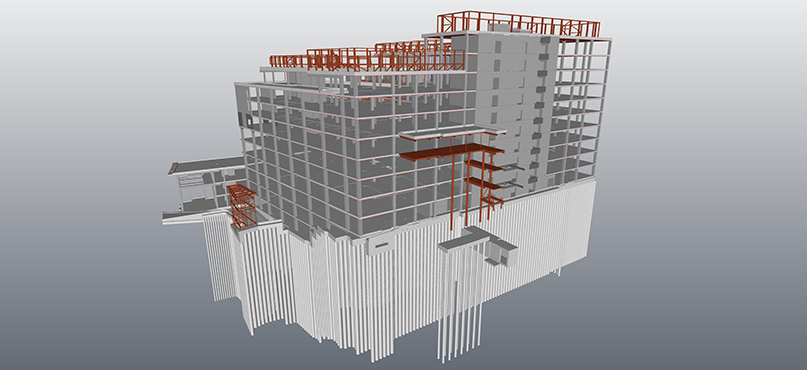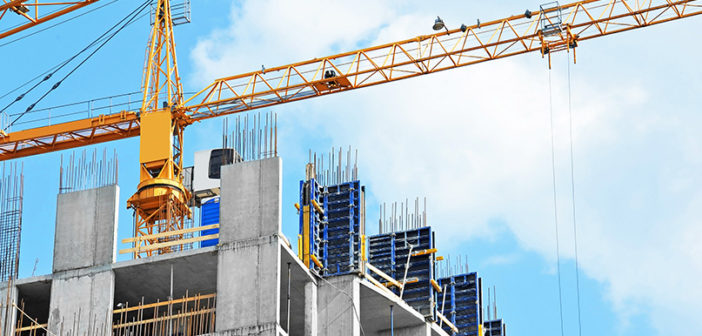Reality capture technology enables the replication of the physical world and turns it into a virtual environment, using software to derive valuable and useful information. In construction, it can be used to monitor the progress of a project and quickly compare as-built to design-intent models, ensuring quality control and highlighting any issues. It provides rich documentation so that users can always go back to the site in a digital environment and check as-built data. Moreover, as Building Information Modelling (BIM) processes become more widely adopted, there will be an increasing reliance on up-to-date 3D models from reality capture, where everyone involved can access the same information for greater collaboration and project efficiency.
To date, larger construction firms have been successfully reaping the benefits of reality capture technology. However, it is still less the case for smaller companies, including architecture, engineering, carpentry and MEP businesses. But why is this? In this blog, we look at the ways less-seasoned or novice users can be encouraged to deploy reality capture technology, and what help and training is available for those who would like to benefit from it immediately.

Technology is becoming more accessible
As reality capture devices become smaller, more affordable and more automated, the process is becoming more accessible to a wide range of applications and everyday users, not just specialists.
Not too long ago, reality capture was the domain of experts and trained specialists who would know how to operate the equipment in the field and process the data in the office. But with the introduction of easy-to-use products, such as the Leica BLK360 imaging laser scanner, many of the barriers to use have been removed and new, and novice users are adopting reality capture and leveraging the benefits.
 Democratisation is increasing
Democratisation is increasing
We’re also witnessing what has been called ‘the democratisation of the point cloud’. Taking advanced complex technology, but hiding the complexity from the user makes products such as the BLK360 and the Leica BLK2GO, easier and more automated to use, providing a simple solution for a range of workflows. Today, ultra-accurate 3D laser scanning combined with high-definition imagery enables entire environments to be captured and measured quickly, whether small, intricate spaces or very large, dynamic sites. This is facilitated by Leica Cyclone 3DR and Leica CloudWorx software, turning captured data into 2D/3D BIM models and ‘putting the data to work’ by bringing actionable data to the site. All of this is important in fast-moving projects with multi-stakeholder involvement.
A flatter learning curve
Contrary to general belief, getting up to speed with reality capture technology doesn’t require a steep learning curve and can be done with minimal training and existing resources. New users can access a support and service network and resource library to help build their competencies, enabling them to get the best out of their equipment and faster return on investment.
The services and support offering is operated by Leica Geosystems or certified local authorised distribution partners trained by the company. Services are an essential part of a solution and offer customers with choices to tailor individual solutions to match their applications and workflow needs.
Additionally, online resources feature wealth of content such as: quick start tutorials and free sample data sets; tips on taking pictures for photogrammetry; the basics of user interfaces; how to create your first 3D model and how to combine UAV images and laser scans when multiple devices are used to capture an entire structure inside and out.
 Faster, more efficient and boosts productivity
Faster, more efficient and boosts productivity
Field software such as Leica Cyclone FIELD 360 pairs with the Leica RTC360 and the BLK360 for seamless data collection and visualisation in any environment or job site. Linking the data captured in the field makes post-processing back in the office easier, so documentation of the built environment is more efficient, accurate and flexible.
With a mobile app for tablet computers and smartphones, reality capture is more portable and flexible, and the compactness and remote-control capability improve productivity. In-app visualisation makes documentation of the project lifecycle more efficient, accurate and flexible. This minimises manual work and allows teams to focus on other tasks.
Collaboration for efficiency and productivity
Because using reality capture technology streamlines construction projects and improves efficiency and productivity, more projects can be generated, which increases business opportunities. Better quality also equals a better reputation, generating more leads. However, a streamlined project starts with having the accurate information to create reliable drawings and 3D models. Regardless of project size, an accurate and complete 3D understanding of a build means starting it off on the right foot.
Using collaboration platforms, such as Leica TruView enables sharing of data captured with off-site teams, owners, architects, carpenters, or any other stakeholders. Collaboration and interaction is facilitated, and the real value is that the site can be virtually visited whenever needed and from anywhere.
 Scan-to-Plan and Scan-to-BIM services open the door to reality capture
Scan-to-Plan and Scan-to-BIM services open the door to reality capture
As point clouds are still lesser-known in industries such as architecture, Scan-to-Plan and Scan-to-BIM services provide ready-made BIM or CAD drawings to start projects using the correct geometry for the design. This could be a door opener for businesses which are not yet ready to invest fully in reality capture technology and a stepping stone to full adoption in the future.
What are the deliverables?
The main purpose of 3D laser scanning is to have a digital representation as a base for design, construction, and prefabrication work. 3D scan data can be turned into CAD drawings, 3D models or BIM models using software like Leica CloudWorx for Revit. Having this common digital representation among stakeholders means everyone involved has access to the most up-to-date and accurate information to make informed decisions about structures and their design as the project progresses.
The final deliverable produced from a point cloud will vary depending on the application and how the deliverable may be used going forward. For example, in some cases, a 2D model is enough for the end customer if they just need footage and a floor plan, whereas in other cases such as for prefabrication of parts like plasterboards, 3D is essential. Additionally, sometimes a processed point cloud is enough to detect a clash and to show progress against the model.
 The value of reality capture for all
The value of reality capture for all
Creating plans in 2D, 3D, and BIM models with reality capture technology creates a base for construction designs quickly and easily. Because decisions are made based on up-to-date and highly-accurate data, rework is eliminated along with recurring site visits and time is saved on manual measuring. That means there is more time for the design, construction and installation work, and the highest project quality is also assured, which is reputation-building and can increase business.
It’s an exciting time for the construction industry, with more innovation set for the next few years. Moving away from terabytes of raw data and delivering actionable information which can be easily used is streamlining construction projects globally and paving the way to a brighter digital reality.
 Agata Fischer
Agata Fischer
VP Building Solutions
Hexagon Geosystems Building Solutions
Interested in Scan-to-Plan and Scan-to-BIM? Click here to download your tailored guide today!
Read our blog where we bust some of the biggest myths about reality capture.
Listen to our Podcast to learn how 3D laser scanning is shaping the future of AEC.














